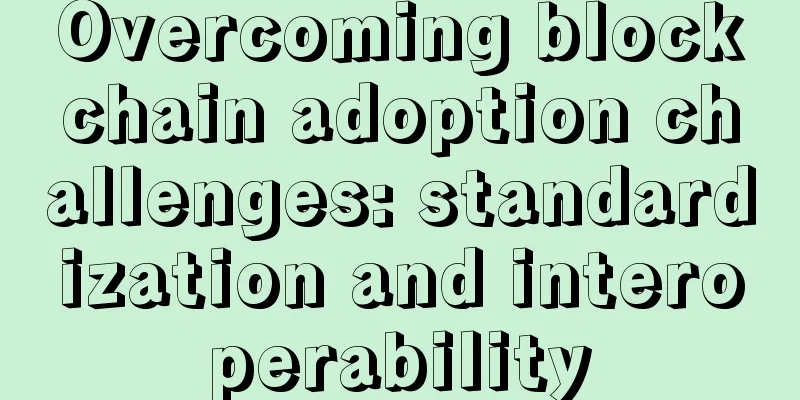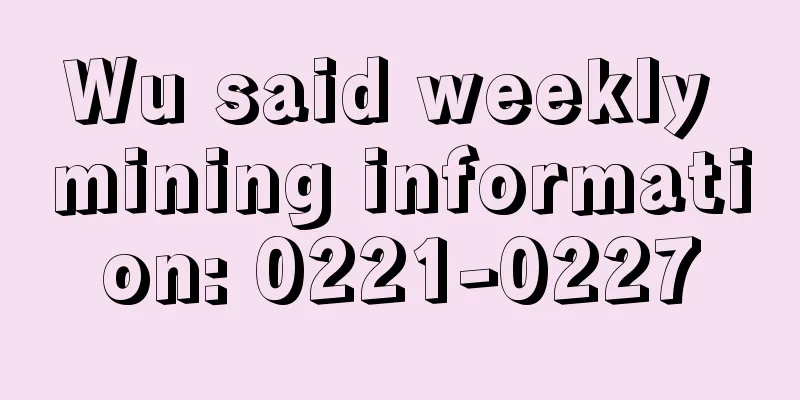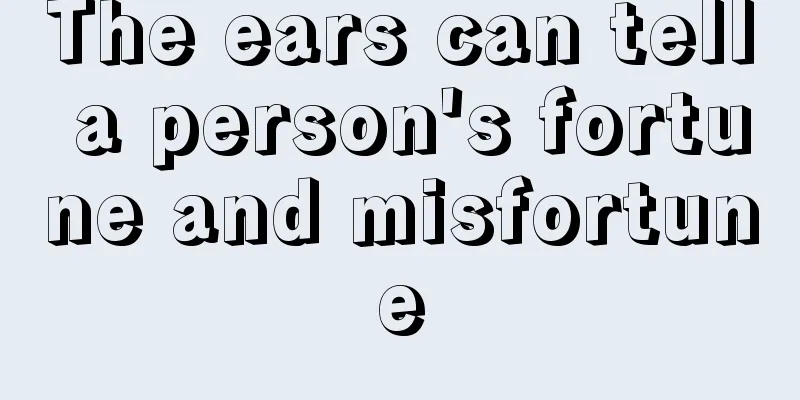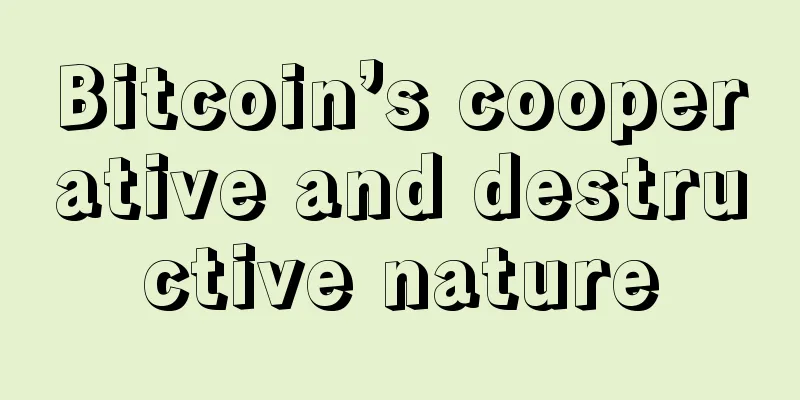Overcoming blockchain adoption challenges: standardization and interoperability

|
To truly benefit from blockchain’s enormous potential, businesses must overcome two daunting challenges: standardization and interoperability. Blockchain Standardization ChallengesBitcoin blockchain technology is becoming more and more popular. Its potential is obvious and can create a lot of innovation opportunities and new products for businesses. However, because blockchain is an unprecedented technology, all companies are faced with standardization issues and specific implementation issues of blockchain. Therefore, solving such problems is the first priority for the popularization of blockchain. In June this year, the World Wide Web Consortium (W3C) held its first blockchain (or distributed ledger) workshop at the Massachusetts Institute of Technology (MIT) to study the blockchain standardization process. The meeting focused on the infrastructure that can benefit from blockchain in a network environment. Due to the success of the workshop, W3C will continue to carry out more blockchain activities through the Blockchain Community Group. The Blockchain Community Group aims to create ISO20022 message format standards based on blockchain and generate storage usage guidelines for torrents, public blockchains, private blockchains, side chains, and content delivery networks (CDNs). In addition, the non-governmental organization Standards Australia also proposed new international standards for blockchain and distributed ledger technology in April this year and has submitted them to the International Organization for Standardization (ISO). Blockchain Integration and ImplementationTo address the integration challenges brought about by the digital age, major research organizations such as Gartner Inc. are focusing on integrated strategies. In response to this issue, Gartner also published a report titled "CIO Call to Action: Shake up Your Integration Strategy to Enable Digital Transformation." The report emphasizes that the traditional integration model is no longer effective and has even become outdated.
At the same time, the report also mentioned that the Internet of Things can bring unexpected results and innovations.
So, how do we integrate or implement blockchain technology? Some large companies, such as SAP, a multinational enterprise resource planning software provider, are researching enterprise-level applications of blockchain technology. Bernd Leukert, a member of SAP's board of directors, said that SAP has been researching blockchain technology for some time and has tested and implemented a variety of blockchains, including Ethereum, MultiChain and Bitcoin blockchain. However, for Leukert, the integration of blockchain technology has not been properly resolved.
The good news is that system software supplier Software AG says it knows how to integrate and implement blockchain technology. Software AG believes that financial institutions will adopt multiple blockchains for different purposes. Therefore, it is necessary to have a blockchain access layer to interact with existing applications. This access layer can achieve seamless connection between the two. Software AG said:
Being ahead of the curve in integrating blockchain technology can bring significant competitive advantages to businesses. The efforts made by W3C and Software AG represent a decisive development in blockchain that will help businesses realize the full potential of the technology. |
Recommend
What does a mole on a man's mouth mean? It depends on the specific location
For many people, a mole is just a small black dot...
Do women with dimples attract romantic luck?
What women care about most is, of course, their a...
Mole physiognomy shows which women have low sexual interest
Mole physiognomy shows which women have low sexua...
What does a mole on the bridge of the nose mean?
Everyone may have moles of different sizes on any...
How much do you know about the facial features of mean boys?
In life, we will meet all kinds of people, some a...
What are the characteristics of a serious illness from the perspective of physiognomy?
1. Blue: Blue like emerald green means life; blue...
Slock.it Releases First DAO Proposal Framework to Standardize Proposal Process and Smart Contracts
Slock.it co-founder Christoph Jentzsch has releas...
What kind of palmistry is good?
Having a good palm will also help our fortune; so...
The central bank denies banning Bitcoin transactions and reiterates its neutral attitude towards Bitcoin transactions
At about 6 pm today, Sina Weibo account “Caitongs...
After two years of slump, Bitcoin startups are making a comeback
Unlike depositing money into Yu'ebao, some pe...
What kind of woman is a bad woman?
People all want to find a virtuous wife, and don&...
Eight facial features that are more likely to make you a mistress
Eight facial features that are more likely to mak...
What does vertical lines between eyebrows mean?
On our face, it is normal to have vertical lines ...
Coinnice Exchange Class: Contract Trading and Financing
In the previous chapter, we talked about contract...
What is the fortune of a woman with broken palms?
In physiognomy, if a woman has broken palms on bo...









